What is a metal wire rope?
Metal wire ropes are widely used in winching, towing or hoist (lifting) systems, such as cranes (Figure 1), and form a fundamental and essential part of those systems.
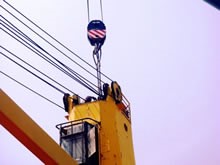
Figure 1. A typical wire rope application
At first glance, metal wire ropes appear to be very simple items. However, they are surprisingly complex and sophisticated engineered products. A metal wire rope is made up of many individual wires that are wound together to form larger elements known as strands. The strands are then wound around a central core to form the rope (Figure 2) and a typical hoist rope can have more than 200 individual wires, of various diameters, in its construction.
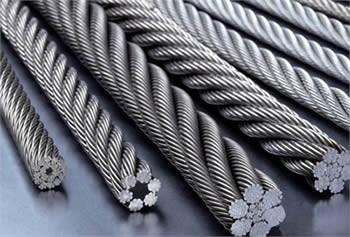
Figure 2. Typical wire rope construction
This design and configuration allows the rope to have good flexibility and to withstand a great deal of engineering stress. The central core can be of fibre or metal wire construction and can also be surrounded by a layer of plastic which forms a protective cushion between the core and the outer strands, thereby minimising friction. This layer not only enhances the mechanical integrity of the rope but also can assist in preventing corrosion and wear of the internal core.
Why do they fail?
The most common cause of in-service wire rope failure is misuse, such as over-loading or sheave jumping caused by inappropriate operation of the winching / hoisting system. However, all wire ropes have a finite life as they inevitably suffer progressive and irreversible degradation in service. Progressive degradation occurs by a number of mechanisms including wear, corrosion and fatigue.
Wire ropes can also suffer damage due to external factors, not related to its operation. These include as lightning strike, impact damage from other objects or vehicles and thermal damage caused by e.g. careless welding or metal cutting in the vicinity of the rope. Such damage can be very localised. However, it can seriously compromise the integrity of the rope and if it goes unreported or unrecognised, rapid and often catastrophic failure of the rope can result.
What can be done to minimise the risk of failure?
To optimise the life of the rope and minimise the risk of failure, it needs to be carefully selected for its operating environment and must be appropriately maintained and regularly inspected. A correctly selected rope that has been appropriately operated and maintained, has not been damaged and has been regularly inspected should provide safe and trouble free service. However, it must be withdrawn from service before it becomes degraded to the point where its safety becomes compromised.
In order for the rope to work efficiently as part of a lifting or winching system, it needs to be of appropriate strength, construction and diameter. It's very important that the rope not only has the required minimum braking strength, but is also of the correct size and construction. The diameter of the rope must be matched to the groove dimensions of the sheaves that it will be passing over and it must have appropriate flexibility, which is expressed in terms of its minimum bend radius, to suit the diameter of those sheaves. As a rule of thumb, the greater the diameter of the rope, the greater it's minimum bend radius. That means that a larger diameter rope cannot automatically be substituted for a smaller diameter rope, even though it may have a greater breaking strength, since its minimum bend radius may be greater than the radius of the sheaves over which it is required to operate. That will lead to over-bending of the rope, which will increase the fatigue loading on it, reducing its service life. Similarly, if the rope diameter is not correctly matched to the sheave groove dimensions, i.e. it is too large or too small, then the load on the rope will be concentrated at certain points on its circumference, rather than being spread evenly around its circumference (Figure 3). That will also increase the fatigue loading on the rope and so reduce its service life.
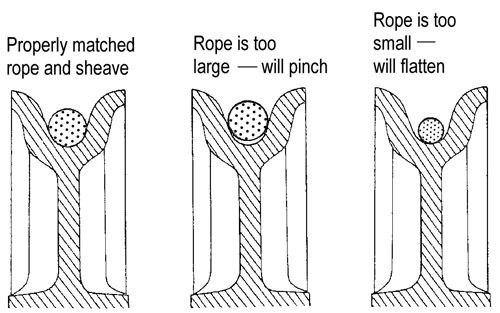
Figure 3. Sheave groove and rope size
Fatigue causes individual wires to break one by one, usually over an extended period of service, rather than causing a sudden, catastrophic failure of the rope. As the number of broken wires increases, the residual strength of the rope is reduced so that it will eventually break under normal service loads. Fortunately, the tell-tale signs of fatigue damage are relatively easy to identify, since broken wires can often be seen with the naked eye or will protrude from the rope (Figure 4). Hence, any rope exhibiting broken or protruding wires should be treated as suspect and removed from service.
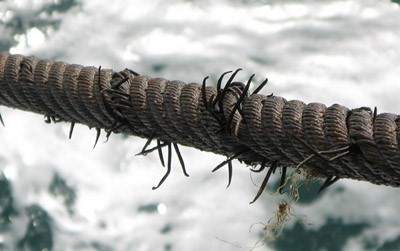
Figure 4. Wire rope with broken and protruding wires
Wear and corrosion are both progressive degradation mechanisms that can be very damaging to metal wire ropes and are often the life-limiting factors. Both can be greatly reduced, but not eliminated entirely, by appropriate and regular lubrication of the rope. It is therefore very important that wire ropes are appropriately lubricated and checked on a regular basis, particularly where they are operating in arduous conditions, such as a marine environment. This is quite challenging as the method of lubrication must ensure that the interior of the rope is properly lubricated. Simple greasing of the surface is not adequate and methods such as pressurised grease application need to be used. If this is not done correctly, a rope can suffer significant internal wear, caused by the rubbing together of individual wires as the rope passes over sheaves, drums etc..
Visual assessment of the rope may indicate damage or degradation, such as wear or corrosion, in the outer layer (Figure 5). However, it won't identify damage or degradation of the internal core. To evaluate the internal condition of the rope, it is necessary to use non-destructive testing techniques.
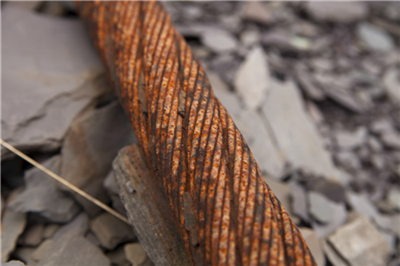
Figure 5. Corrosion of a wire rope
Conventional non-destructive testing methods using ultrasound are not compatible with the complex structure of the rope and more sophisticated methods, such as magnetic flux testing, are required to evaluate the internal condition of a rope. Such testing should form part of a robust maintenance and inspection regime for the rope to ensure its safe operation.
What can be learned from a failure?
Any wire rope failure is a serious and potentially life threatening event. Fortunately, such failures are relatively rare, but if a failure does occur, it is important that it is investigated thoroughly to determine the cause and from that, identify what went wrong. To fully investigate a failure, it is necessary to gather as much information as possible at the time. That should include photographing the damage before anything is disturbed, interviewing witnesses and obtaining maintenance records etc.. The rope itself should then be examined by a specialist, which may include laboratory examination and testing, to determine the mode of failure. Once that cause of the failure has been established, it is important that lessons are learned from it and changes to working practices, maintenance procedures etc. are implemented to ensure that it does not happen again.
The Association is grateful to Graham Cooper, Hawkins & Associates, Singapore, for contributing to this article.